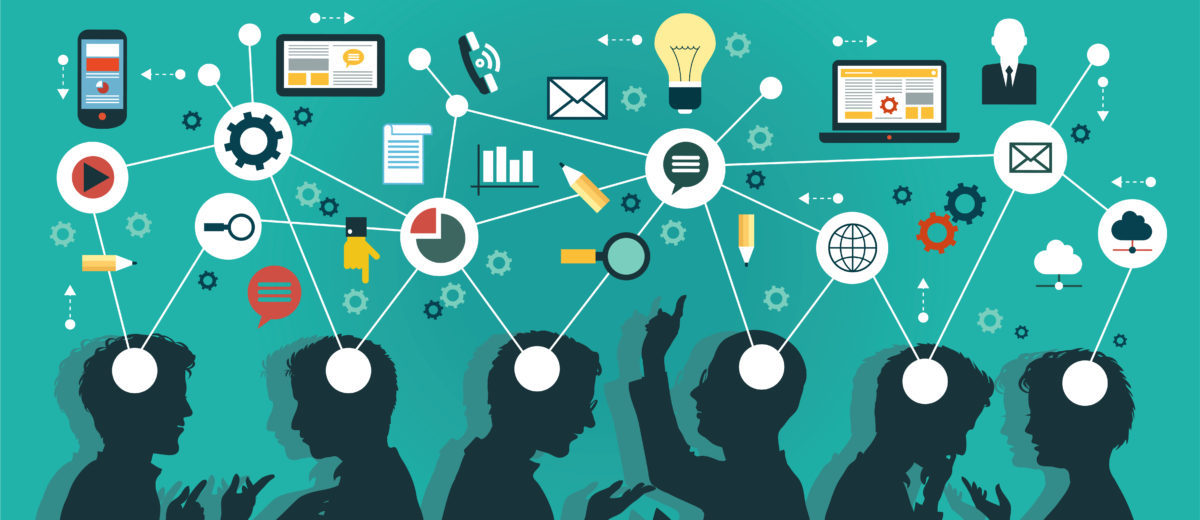Our team is glad to work with a GP’s office named Huisartsenpraktijk Portland (HP for short) for our Digital Transformation Project. As the basic part of Dutch Healthcare System, general practitioner (GP) has played a crucial role in Dutch Healthcare System.
Following are the key findings by analyzing HP’s business model. Firstly, the standard routine to reach GP is described. At start, patient call the general phone number and the assistants will schedule an appointment using Medicom system, which can be seen by GPs from the system. Then the patient could meet GP at the appointment time (Key Activity). Secondly, the Cost Structure of HP includes renting of the building, the cost of medical supplies, and the largest part: human resources (all assistants) cost. To maintain profitability, it is important to keep costs low, especially the human resources costs. Thirdly, currently, the entire IT infrastructure is done by a software called Medicom and mainly used for administrative functions (Role of IT). Although Medicom system recently created the option for online self scheduling, this option is still in the beginning phases and has many limits.
In conclusion, we agree that IT could help HP to reduce human resource cost by automatizing assistants’ main daily task (scheduling and planning ). An Automated online planning system is something HP should add to their business model.
A SWOT analysis is applied for the implementation of Automated online planning system.

In order to grab the opportunity identified by SWOT analysis, three solutions are proposed.
● Developing this function in Medicom system;
pros: Users don’t need to switch another system.
cons: Medicom is a close sourced system. Changes could only be done by the company developing Medicom.
● Developing a stand-alone solution with API (Application Programming Interface, allowing external applications to communicate with another application);
pro: It enables the exchange of information between two systems.
● It can be used as a complete stand-alone solution.
pros: GPs and assistants have to use two separate systems.
cons: This is cheaper.
Our recommendation for HP are that they could firstly request Medicom to implement the planning solution into their own system. If impossible, the second recommendation is to use the stand alone version with API.
● The new system is able to request basic and planning related patient information;
● The new system has a predefined list of complaints a patient can have;
● For patients who prefer human contact, the assistant will still be available to schedule appointments.
HP faces several risks such as the decrease of customer satisfaction since the system will not include human factors or interactions. Also, another risk is that Medicom is not willing to cooperate.
Reference:
http://praktijkschouten.nl/
http://www.expatica.com/nl/healthcare/Healthcare-in-the-Netherlands_100057.html
Eva Siccama (381230),
Gaston van de Weijer (374902),
Ge Jiang (386449),
and Beibei Wu (457617).



